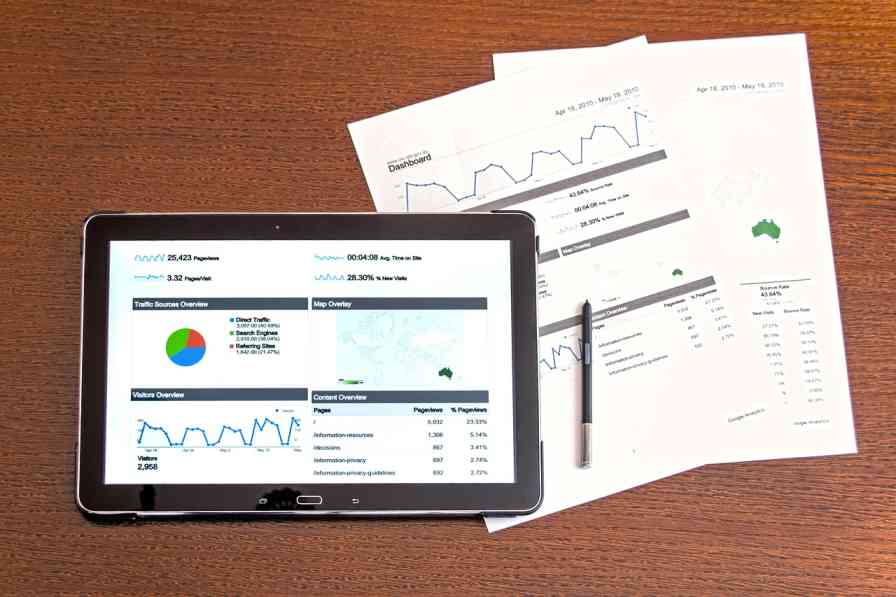In the digital age, data is the cornerstone of effective marketing strategies. For businesses leveraging WiFi marketing, the ability to analyze and interpret data is critical to unlocking its full potential. WiFi marketing allows businesses to collect valuable customer insights, deliver personalized experiences, and drive engagement. However, without proper analysis, this data remains underutilized. This guide provides a comprehensive overview of how to analyze WiFi marketing data to optimize campaigns, enhance customer experiences, and achieve measurable business outcomes.
What is WiFi Marketing Data?
WiFi marketing data refers to the information collected when customers connect to a business’s WiFi network. This data can include:
- Demographic Information: Age, gender, location, and language preferences.
- Contact Details: Email addresses, phone numbers, and social media profiles.
- Behavioral Data: Frequency of visits, duration of stay, and browsing behavior.
- Device Information: Type of device, operating system, and browser used.
By analyzing this data, businesses can gain actionable insights into customer preferences, behavior, and engagement patterns. This, in turn, enables them to create targeted marketing campaigns, improve customer experiences, and drive revenue growth.

Why Analyzing WiFi Marketing Data is Crucial
Analyzing WiFi marketing data offers several benefits:
- Personalized Marketing: Enables businesses to deliver tailored offers and promotions.
- Improved Customer Retention: Helps identify loyal customers and reward them appropriately.
- Enhanced Campaign Performance: Provides insights to refine marketing strategies and maximize ROI.
- Data-Driven Decision Making: Empowers businesses to make informed decisions based on real-time data.
Now, let’s explore the step-by-step process of analyzing WiFi marketing data effectively.
Step 1: Collect Comprehensive Data
The first step in analyzing WiFi marketing data is to ensure you’re collecting comprehensive and accurate information. Most WiFi marketing platforms allow businesses to customize the data collection process. Key data points to collect include:
- Customer Demographics: Age, gender, and location.
- Contact Information: Email addresses and phone numbers.
- Behavioral Insights: Frequency of visits, time spent on the network, and pages visited.
- Device Details: Type of device and operating system.
Pro Tip: Use a captive portal (login page) to collect customer data. Offer an incentive, such as free WiFi or a discount, to encourage customers to provide their information.
Step 2: Segment Your Audience
Once you’ve collected the data, the next step is to segment your audience based on shared characteristics. Segmentation allows you to create targeted campaigns that resonate with specific customer groups. Common segmentation criteria include:
- Demographics: Age, gender, and location.
- Behavior: Frequent visitors, first-time users, or long-duration users.
- Preferences: Product interests or past purchase behavior.
For example, a coffee shop can segment its audience into “morning visitors” and “afternoon visitors” to send time-specific promotions, such as discounts on breakfast items or afternoon snacks.
Pro Tip: Use advanced analytics tools to automate the segmentation process and ensure accuracy.
Step 3: Track Key Metrics
To measure the effectiveness of your WiFi marketing campaigns, it’s essential to track key performance indicators (KPIs). Some of the most important metrics to monitor include:
- Connection Rate: The percentage of customers who connect to your WiFi.
- Engagement Rate: The number of customers who interact with your marketing messages.
- Conversion Rate: The percentage of customers who take a desired action, such as making a purchase or signing up for a newsletter.
- Customer Retention Rate: The number of repeat visitors over a specific period.
- Average Dwell Time: The average amount of time customers spend connected to your WiFi.
Pro Tip: Use dashboards and reporting tools to visualize your data and track KPIs in real-time.
Step 4: Analyze Customer Behavior
Understanding customer behavior is critical to optimizing your WiFi marketing strategy. Analyze data such as:
- Visit Frequency: Identify loyal customers and first-time visitors.
- Dwell Time: Determine how long customers stay on your premises.
- Browsing Patterns: Understand which websites or apps customers use while connected to your WiFi.
For instance, a retail store can analyze browsing patterns to identify popular products or categories and use this information to create targeted promotions.
Pro Tip: Combine WiFi data with other sources, such as point-of-sale (POS) data, to gain a holistic view of customer behavior.
Step 5: Measure Campaign Performance
WiFi marketing campaigns can include email promotions, push notifications, and social media ads. To evaluate their effectiveness, analyze metrics such as:
- Open Rates: The percentage of customers who open your emails or notifications.
- Click-Through Rates (CTR): The percentage of customers who click on links within your messages.
- Conversion Rates: The percentage of customers who complete a desired action, such as making a purchase.
For example, if a restaurant sends a push notification offering a discount on desserts, it can measure the campaign’s success by tracking how many customers redeem the offer.
Pro Tip: Use A/B testing to compare different campaign variations and identify the most effective approach.
Step 6: Identify Trends and Patterns
Analyzing WiFi marketing data over time can reveal trends and patterns that inform your strategy. Look for:
- Seasonal Trends: Increased foot traffic during holidays or special events.
- Peak Hours: Times of day when customer engagement is highest.
- Popular Products or Services: Items that consistently attract customer interest.
For example, a gym may notice increased WiFi usage during early mornings and evenings, indicating peak workout times. This insight can be used to schedule fitness classes or promotions during these hours.
Pro Tip: Use predictive analytics to forecast future trends and stay ahead of the competition.
Step 7: Optimize Customer Experiences
The ultimate goal of analyzing WiFi marketing data is to enhance customer experiences. Use the insights gained to:
- Personalize Interactions: Deliver tailored offers and recommendations.
- Improve Service Delivery: Address pain points and streamline processes.
- Increase Engagement: Create interactive experiences, such as gamified promotions or loyalty programs.
For instance, a hotel can use WiFi data to personalize guest experiences by offering room upgrades or discounts on spa services based on past behavior.
Pro Tip: Continuously gather feedback from customers to validate your insights and make further improvements.
Step 8: Ensure Data Privacy and Security
While analyzing WiFi marketing data, it’s crucial to prioritize data privacy and security. Customers trust businesses to protect their personal information, and any breach can damage your reputation. Ensure compliance with data protection regulations, such as GDPR or CCPA, by:
- Encrypting Data: Protect customer information from unauthorized access.
- Obtaining Consent: Clearly communicate how data will be used and obtain explicit consent.
- Anonymizing Data: Remove personally identifiable information (PII) when analyzing large datasets.
Pro Tip: Regularly audit your data collection and storage practices to ensure compliance and build customer trust.

Tools for Analyzing WiFi Marketing Data
To streamline the analysis process, consider using the following tools:
- WiFi Analytics Platforms: Tools like Cisco Meraki, Purple, and Cloud4Wi provide detailed insights into customer behavior and campaign performance.
- Customer Relationship Management (CRM) Systems: Integrate WiFi data with CRM platforms like Salesforce or HubSpot to create a unified customer profile.
- Data Visualization Tools: Use tools like Tableau or Power BI to create interactive dashboards and reports.
- Marketing Automation Tools: Platforms like Mailchimp or HubSpot can help automate personalized campaigns based on WiFi data.
Pro Tip: Choose tools that integrate seamlessly with your existing systems to ensure a smooth workflow.
Conclusion
Analyzing WiFi marketing data is a powerful way to gain deep insights into customer behavior, optimize marketing campaigns, and enhance overall business performance. By following the steps outlined in this guide—collecting comprehensive data, segmenting your audience, tracking key metrics, and leveraging advanced tools—you can unlock the full potential of WiFi marketing.
In an increasingly competitive landscape, businesses that harness the power of data-driven insights will have a significant advantage. Start analyzing your WiFi marketing data today to create personalized experiences, drive customer engagement, and achieve long-term success.






